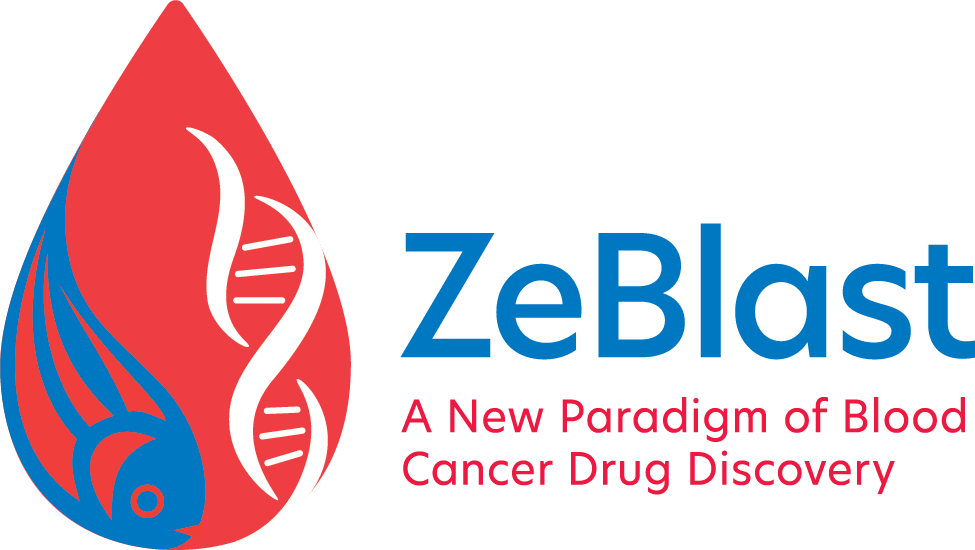Pathogenetic Role of RNA Splicing and NRAS Mutation Combination in Chronic Myelomonocytic Leukemia
Author: Yanan Chen, Sin Chun-Fung, Lingge Tu, Hoi Yi Chan, Fangfang He, Dandan Wang, Sze Pui Tsui, Alvin, Chun Hang Ma, Xuan Sun, Anskar Leung
Abstract
Chronic myelomonocytic leukemia (CMML) is a clonal hematopoietic neoplasm characterized by monocytosis and recurrent gene mutations including those of SRSF2, ASXL1, TET2, RUNX1 and NRAS. Different mutation combinations may explain the diverse clinicopathologic features in this disease, ranging from those of myelodysplastic syndrome (MDS) to myeloproliferative neoplasm (MPN) phenotype and even transformation to acute myeloid leukemia (AML). A zebrafish program was initiated to understand the pathogenetic roles of mutation combinations in CMML and generate animal models for high throughput drug screening. In this study, we reported our findings based on SRSF2 and NRAS mutation combination.
Transgenic zebrafish lines expressing human SRSF2P95H and NRASG12Dmutations (F0), as driven by Runx1promoter, were generated using Tol2 transgenesis. These lines were out-crossed with wildtype (WT) to generate F1. F1 SRSF2P95Hmutant were then crossed with F1 NRASG12D mutant to generate WT, Tg(Runx1:SRSF2P95H), Tg(Runx1: NRASG12D) and Tg(Runx1:SRSF2P95HNRASG12D). Expression of mutations was confirmed in embryos and adult kidney marrow (KM) by quantitative RT-PCR and DNA sequencing.
At 3 months, there was no morphologic changes in peripheral blood (PB) or KM in double or single mutant fish. From 6-12 months, there was progressive weight loss in Tg (Runx1: SRSF2P95H NRASG12D) fish but not single mutant and WT siblings. In the double mutant fish, the PB showed monocytosis and presence of blasts. KM showed increase in cellularity, immature monocytes and blast population but decrease in erythropoiesis. Neutrophils were dysplastic as evident by hypogranularity, abnormal nuclear configuration and features resembling pseudo Pelgar-Huet anomaly as in human MDS. Increased monocytic compartment in KM was confirmed by non-specific esterase (NSE) which was sensitive to fluoride inhibition. Survival of the Tg(Runx1:SRSF2P95HNRASG12D) was significantly shorter than those of single mutant and WT siblings. Both the double mutant and Tg(Runx1:NRASG12D) showed splenomegaly. Of the 49 Tg(Runx1:SRSF2P95HNRASG12D) adult fish examined, 9 developed MDS/AML with 10-19% KM blasts and 18 developed AML with ≥ KM 20% blasts.
Zebrafish model of CMML based on co-expression of SRSF2 and NRAS mutations recapitulated the diverse clinical repertoire of this disease, ranging from MDS to MPN and leukemic transformation into AML occurred in some animals. The molecular basis underlying the difference in penetrance might account for the diverse clinicopathologic characteristics in patients and it warrants further investigations.
